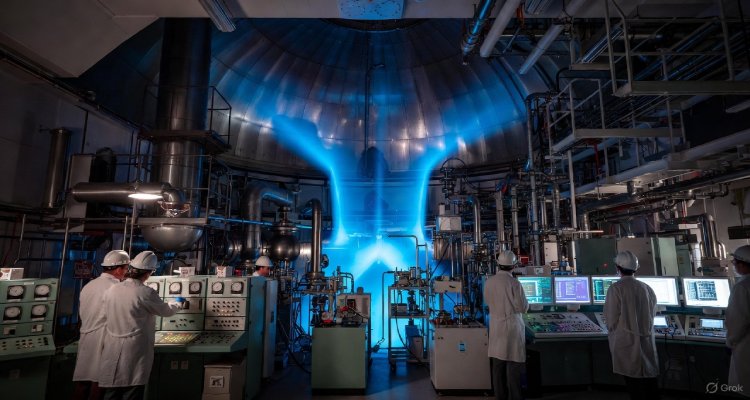Planet Resets: Tech-Driven Healing for Earth’s Ecosystems
From AI-powered conservation to biotech-driven restoration, discover how technology is reshaping the fight against climate change and healing Earth’s ecosystems.
Introduction: A New Dawn for Earth’s Fragile Systems
For decades, scientists warned that humanity’s unchecked consumption was pushing ecosystems to the brink. Forests dwindled, oceans warmed, and species vanished at record speed. Yet, amid these challenges, a quiet revolution is underway: technology is being deployed not as an agent of destruction, but as a force for healing. The concept of “Planet Resets”—tech-driven efforts to restore balance—signals a future where innovation may hold the key to repairing the very systems we once imperiled.
Context & Background: From Crisis to Opportunity
Earth’s ecosystems are interconnected life-support systems, providing clean air, water, food, and climate regulation. According to the UN’s 2022 Global Biodiversity Outlook, nearly one million species face extinction due to human activity. Deforestation, plastic pollution, and greenhouse gas emissions have accelerated these crises.
Historically, restoration relied on manual reforestation, conservation campaigns, and international agreements. While these efforts were important, they often lagged behind the scale of damage. The 21st century, however, brings something unprecedented: technologies capable of rapid, data-driven intervention—from AI monitoring to gene-editing tools that can revive extinct species.
Main Developments: Tech at the Forefront of Healing
AI and Big Data for Conservation
Artificial intelligence is reshaping conservation science. Satellite imagery powered by machine learning now tracks illegal logging and poaching in real-time. Platforms like Global Forest Watch alert authorities before damage escalates. In Africa, AI-driven drones monitor wildlife migration and deter poachers.
Biotech and Gene-Tuned Restoration
Biotechnology is making bold promises. Scientists are experimenting with CRISPR gene editing to reintroduce traits that help coral reefs resist bleaching and crops survive drought. Projects like Revive & Restore are even exploring “de-extinction” of species like the woolly mammoth to rebuild ecosystems disrupted by climate change.
Ocean Tech and Marine Revival
Oceans absorb nearly 30% of human carbon emissions, but acidification and overfishing are eroding their resilience. Startups are testing marine robots to plant seaweed forests, while advanced water drones clean microplastics from waterways. Ocean-based carbon capture systems are also emerging as a scalable solution.
Renewable Energy and Rewilding Landscapes
Renewables don’t just cut emissions; they also reshape land use. Solar and wind farms integrated with rewilding corridors create dual-purpose ecosystems, where biodiversity thrives alongside clean energy. Some regions are turning abandoned coal mines into solar wetlands, proving that healing can be both symbolic and practical.
Expert Insight & Public Reaction
“Technology alone won’t save the planet,” warns Dr. Priya Natarajan, an environmental scientist at Yale. “But when paired with strong policy and community engagement, it accelerates what once seemed impossible.”
Public sentiment is also shifting. Surveys from Pew Research Center show younger generations are optimistic about tech’s role in solving climate issues, though skepticism remains over whether big tech companies prioritize profits over ecosystems.
Impact & Implications: What Happens Next?
The promise of “Planet Resets” lies not just in innovation, but in scalability. If AI, biotech, and renewable integration expand globally, ecosystems could recover faster than expected. However, risks remain:
- Ethical concerns around genetic engineering.
- Economic barriers for developing nations to access green technologies.
- Dependence on corporate interests shaping sustainability agendas.
Still, global collaboration is growing. Initiatives like the UN Decade on Ecosystem Restoration (2021–2030) are aligning governments, NGOs, and tech companies toward a shared goal: using innovation to heal the Earth.
Conclusion: A Reset in Progress
The Earth has endured centuries of human impact, but the rise of tech-driven restoration offers a glimmer of renewal. From reforested lands guided by AI to coral reefs protected by biotech, humanity is learning to use its greatest tools not for exploitation, but for restoration. The real question is not whether technology can heal our ecosystems—but whether we choose to deploy it wisely, inclusively, and urgently enough.
The “Planet Reset” has begun. Whether it succeeds depends on us.
Disclaimer : This article is for informational purposes only and does not constitute environmental, policy, or investment advice.











